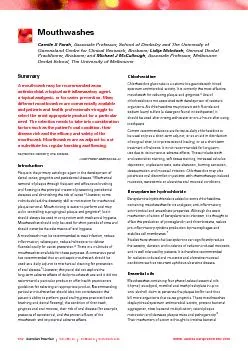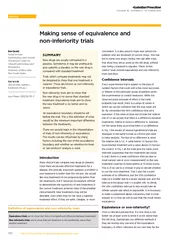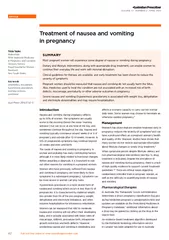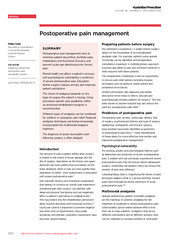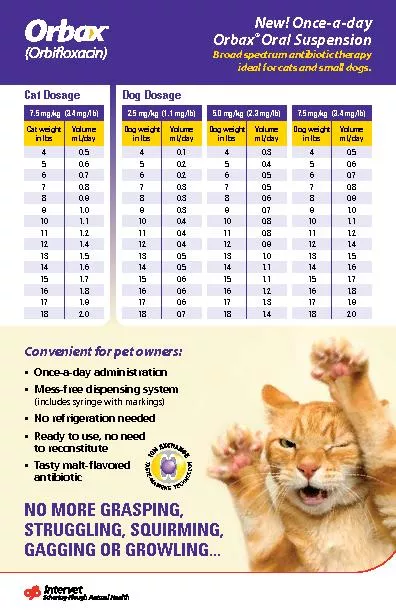PDF-VOLUME 32 MBE ECEMBE 2009www.australianprescriber.com
Author : myesha-ticknor | Published Date : 2017-02-23
Chlorhexidine Chlorhexidine gluconate is a cationic bisguanide with broad spectrum antimicrobial activity It is currently the most effective mouthwash for reducing
Presentation Embed Code
Download Presentation
Download Presentation The PPT/PDF document "VOLUME 32 MBE ECEMBE 2009www.austr..." is the property of its rightful owner. Permission is granted to download and print the materials on this website for personal, non-commercial use only, and to display it on your personal computer provided you do not modify the materials and that you retain all copyright notices contained in the materials. By downloading content from our website, you accept the terms of this agreement.
VOLUME 32 MBE ECEMBE 2009www.australianprescriber.com: Transcript
Download Rules Of Document
"VOLUME 32 MBE ECEMBE 2009www.australianprescriber.com"The content belongs to its owner. You may download and print it for personal use, without modification, and keep all copyright notices. By downloading, you agree to these terms.
Related Documents

